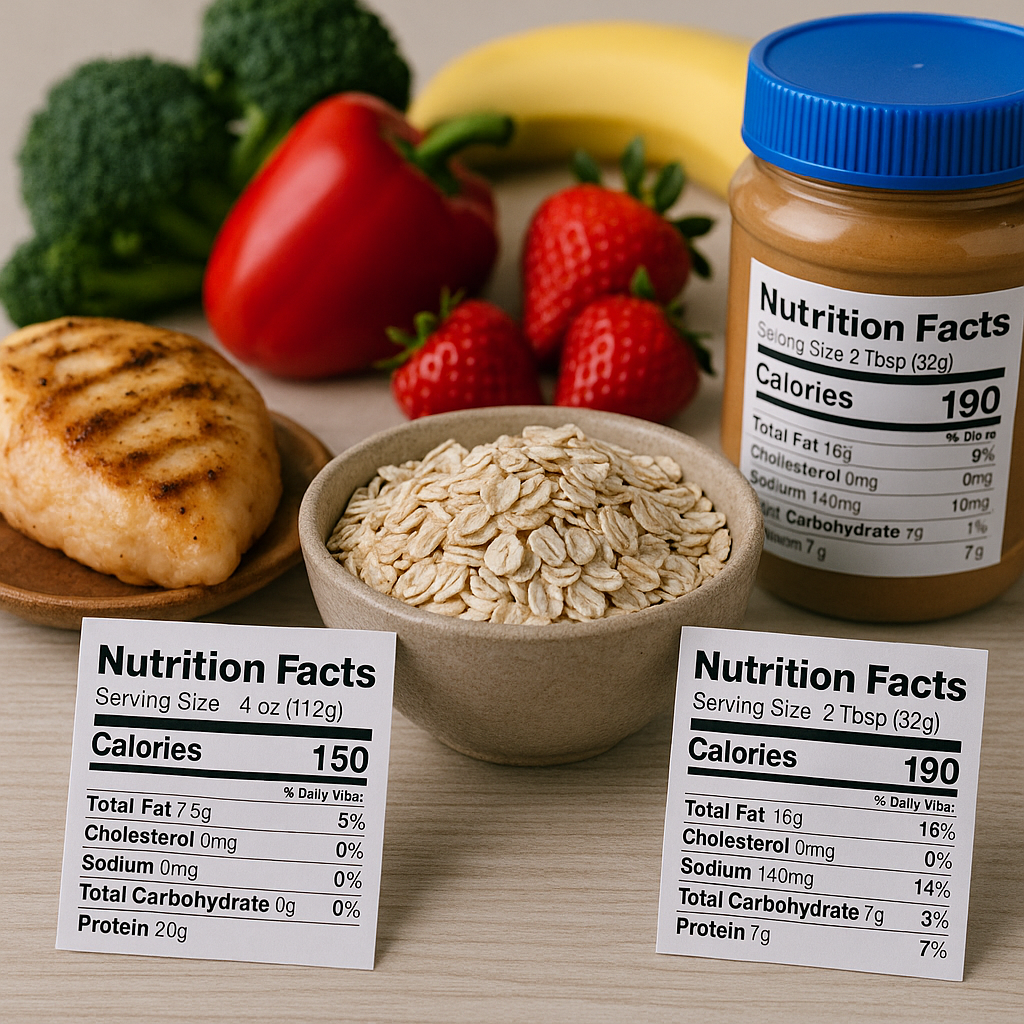
If you’ve ever felt lost staring at a food label, you’re not alone. Tracking macros (short for macronutrients) can feel like trying to do algebra while grocery shopping — but it doesn’t have to be that way. With a few simple steps, you can take control of your nutrition without it taking over your life.
Macros are the three main nutrients your body needs for energy and recovery:
Instead of just counting calories, tracking macros helps you make sure you’re getting the right balance of each for your goals — whether that’s weight loss, muscle gain, or improving performance.
Before you worry about hitting numbers perfectly, just start tracking what you normally eat for a week. Use free apps like MyFitnessPal or Cronometer. This helps you see your current habits without judgment.
💡 Tip from The Weight House: Many of our members are surprised when they see how little protein they’re eating — even when they think they’re “eating enough.” This first step gives you a clear starting point.
A simple starting point for most active adults:
Example: A 150-pound person might start with 120g protein, 60g fat, and 200g carbs.
Remember, these numbers are just a starting point — your needs will change based on your training, lifestyle, and goals.
Tracking every gram of every food forever is unrealistic. Focus on:
At The Weight House, we’ve found that members who simplify their approach stick with it longer — and get better results.
If you’re not seeing progress after 3–4 weeks, adjust one macro at a time. Maybe you increase protein, or slightly reduce carbs. Small changes work better than overhauling everything at once.
💪 Pro Tip: Pairing a consistent macro approach with strength training is where the real magic happens — better energy, better recovery, and faster results.
You don’t have to figure this out alone. Our private, 24/7 training environment makes it easier to stay consistent with both workouts and nutrition. We’ve helped members go from “clueless about macros” to hitting their goals without obsessing over food.
If you’re ready to pair your nutrition with a program designed for your goals, we’d love to help you get started.
www.theweighthouse.com